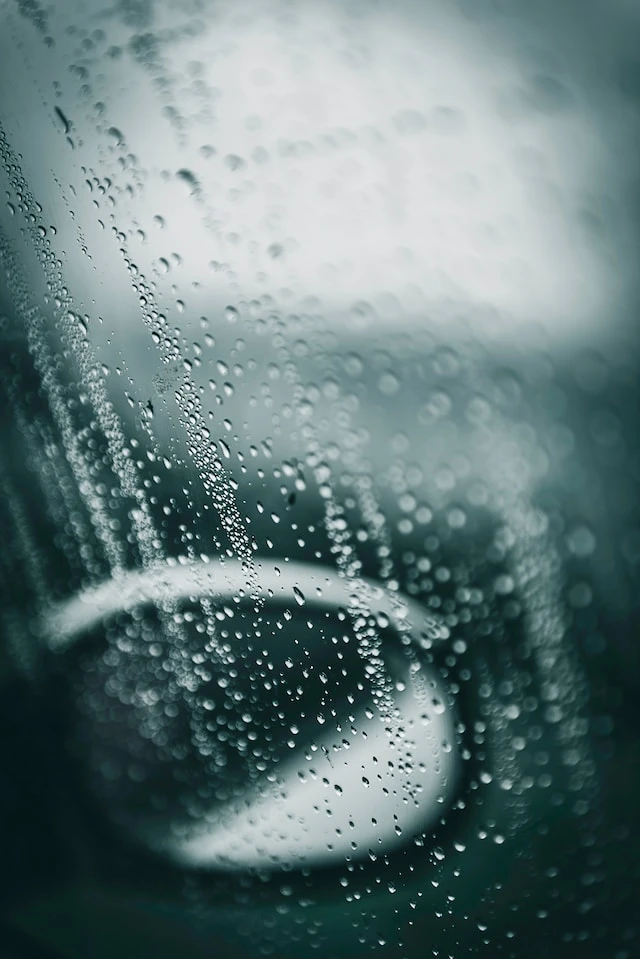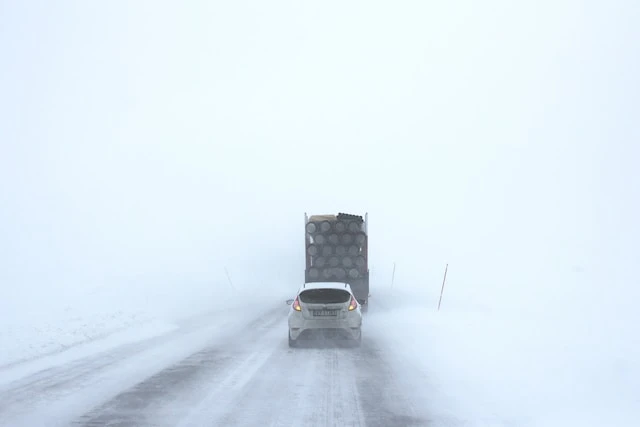Why You Need To Stay Alert During Winter (Even In A Car With All The Driver Assistance Features)

No review of any car produced from 2010 onwards would be complete without a list, or at least a partial list, of some of the driver aids. Most of us have noticed that cars have become more electronic and have more computer-controlled gadgets (and we may have grumbled about it if we are DIY mechanics who know how to use a spanner but go to pieces when confronted with anything containing a chip). The list of driver aids seems to be getting longer and longer, starting with basic things like rear view cameras and going on to things like traffic sign recognition, lane departure correction and more.
There’s no denying that these aids are very useful – I love the reversing camera we fitted onto our Honda Jazz – but it’s important that we don’t become too reliant on them. Even though it may seem as though the clever people who design these systems and sensors are trying to replicate a horse (autonomous, 360° audio warning system, 210° cameras, voice activation, carbon-neutral, emission-free, running on 100% biofuel and completely biodegradable), one has to remember that your car isn’t actually intelligent – like KITT from Knight Rider – and isn’t a horse, and those sensors and systems can have problems in certain conditions.
These conditions tend to crop up a lot in wintertime – the time when driving is most hazardous. One reason why this happens is because the sensors are located on the outside of the vehicle (obviously). On wet days, mud and slush gets thrown up over your car by other vehicles on the road, and this can obscure the sensor. Even something as simple as condensation can cloud the sensors, not only in its own right but also because the condensation can collect dust and because that condensation can freeze if the temperatures go below zero. This is annoying in the case of cameras but absolutely wreaks havoc on all of the other safety systems that rely on the cameras.
The field of image recognition is a hot one for experts working in the field of AI and smart machines. However, this is because we can do it all the time without thinking about it. That’s why those CAPTCHA “prove you’re not a robot” tests often ask you to select all the squares with images of things like motorbikes and traffic signals. (Some suspect that your answers don’t just prove that you’re human but they’re also used to train computers to recognize these items, which is probably why you’re asked to identify things that a smart car might have to identify.) If you’re paying attention, you can identify an oncoming truck on a rainy day, and you can rely on a range of cues to tell you where the side of the road is. Computers don’t quite have this ability, as rain, hail, snow, slush and fog make things tricky. If your car’s Advanced Driver Assistance Systems (ADAS) have been trained on scenes of, say, traffic signs or lane markings that were taken on sunny days, the system will struggle to recognise a traffic sign that’s obscured by fog, has a possum sitting on top of it, has snow or frost covering some of it, or has been used as a target by someone with a shotgun. ADAS can’t extrapolate where the lanes are from a little glimpse of road that’s otherwise covered by snow or piles of hail.

Systems based on radar, such as pedestrian detection and advance collision warning systems also have trouble in cold, wet windy weather. Although fog and frost aren’t a problem for radar, rain, snow and hail are problems. This is because of the way radar works: the radio waves go out, hit something and bounce back, and the time between the signal going out and when it comes back can be used to calculate the distance (or the speed, in the case of police radar systems). However, the radio waves will bounce off anything and be scattered by anything, whether that thing is a hailstone or a heavy truck. Contrary to the rumour going around that radar systems don’t work in the rain, the truth is that they do work – they just don’t work as well. This means that if your car’s ADAS is radar-based, then it might not do quite as good a job on a rainy day.
What this means for you as a driver is that during winter driving conditions, you need to be extra alert – as alert as you would be if you didn’t have all those ADAS in place. For years, we’ve been told that during winter driving conditions, it’s important to slow down and take extra care, and this advice still holds even if your car has all the ADAS bells and whistles. As all car manufacturers are quick to point out, even the fanciest systems are not intended to replace good driving and safety is ultimately the responsibility of the driver.
If you have those sensors and you like to use them (like me and my reversing camera), you may need to wipe them down a bit more often during winter (a paper towel will do the trick). If you’ve got frost on the sensor – which will probably happen if you have frost on your windscreen – then give the sensor a bit of a slosh with the warm water you have probably used to get the ice off your windscreen. Then drive safely!